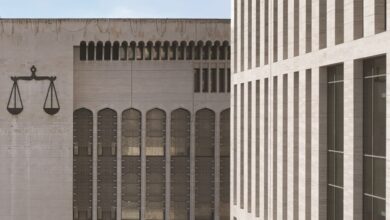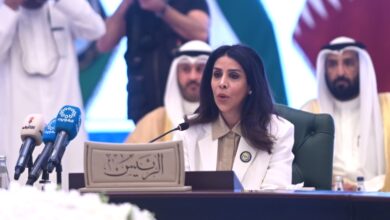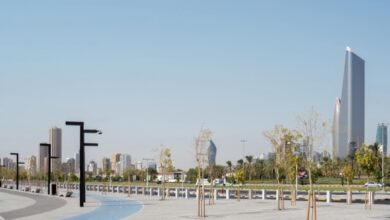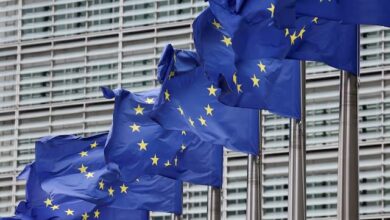S&P: Kuwait’s financial reserves shield economy amid Israel-Iran conflict

Standard & Poor’s Global Ratings warned in a new report that the recent escalation between Israel and Iran has intensified geopolitical risks for countries and banks across the region, including Kuwait.
The agency said that this conflict serves as a real-world test of its “medium-stress scenario,” which already incorporates many elements of a high-stress outlook.
One of the key takeaways from the report, according to Al-Rai, is that Kuwait’s significant financial reserves provide a strong buffer against potential economic and financial fallout from the conflict. These reserves are expected to help maintain credit stability even if regional pressures persist or worsen.
S&P now sees increased downside risks across the region, acknowledging the rising likelihood that geopolitical instability will impact credit conditions. The agency identified four main transmission channels through which the conflict could negatively affect regional economies:
- Erosion of investor confidence, leading to greater risk aversion, slower economic growth, and higher financing costs.
- Disruptions to energy markets, including production, pricing, and transportation—spurring inflationary pressures.
- Reduced tourism and capital flight to safer markets.
- Increased government spending on security, putting pressure on budgets.
While acknowledging the region’s resilience in past crises, S&P emphasized that the Israel-Iran conflict, which escalated dramatically on June 13, 2025, adds a new layer of volatility to an already fragile geopolitical landscape.
Although Gulf countries have accelerated their diversification efforts, oil and gas still account for the bulk of fiscal revenue and current account inflows. These revenues underpin public investment, consumer confidence, and stock market valuations. Therefore, any disruption to oil markets remains a major vulnerability.
S&P noted that rising oil prices alone won’t benefit the region unless production remains stable, global demand holds, and key trade routes remain operational. The agency expects oil price volatility to continue through 2025 and beyond, driven by geopolitical shocks, shifting OPEC+ strategies, and uncertainty surrounding U.S. trade policy.
On the financial sector front, S&P affirmed that Gulf governments, including Kuwait’s, have the capacity to support their banking systems in the event of extreme stress, such as capital flight caused by prolonged conflict. The agency estimated a potential foreign capital outflow of $240 billion—around 30% of the external liabilities of the region’s 45 largest banks.
However, it concluded that most banks in the region could weather such a shock, assuming they can liquidate external assets. The exception may be Qatari banks, which have the highest net external debt in the GCC at 31.8% of total loans. S&P estimated Qatar might need to inject around $9 billion into its banking system in the worst-case scenario.
By contrast, Emirati banks hold the strongest net foreign asset positions, making them the most resilient in the region.
Overall, Standard & Poor’s emphasized that geopolitical risk is now a central feature in its sovereign credit assessments for the region. While the Gulf countries, particularly Kuwait, are well-positioned to withstand short-term shocks due to their sovereign wealth and liquidity, the broader picture remains fragile as the conflict continues to unfold.
The agency said it will closely monitor how these evolving dynamics affect oil markets, capital flows, and investor behavior, with future ratings subject to adjustment based on conflict developments and economic responses.


















